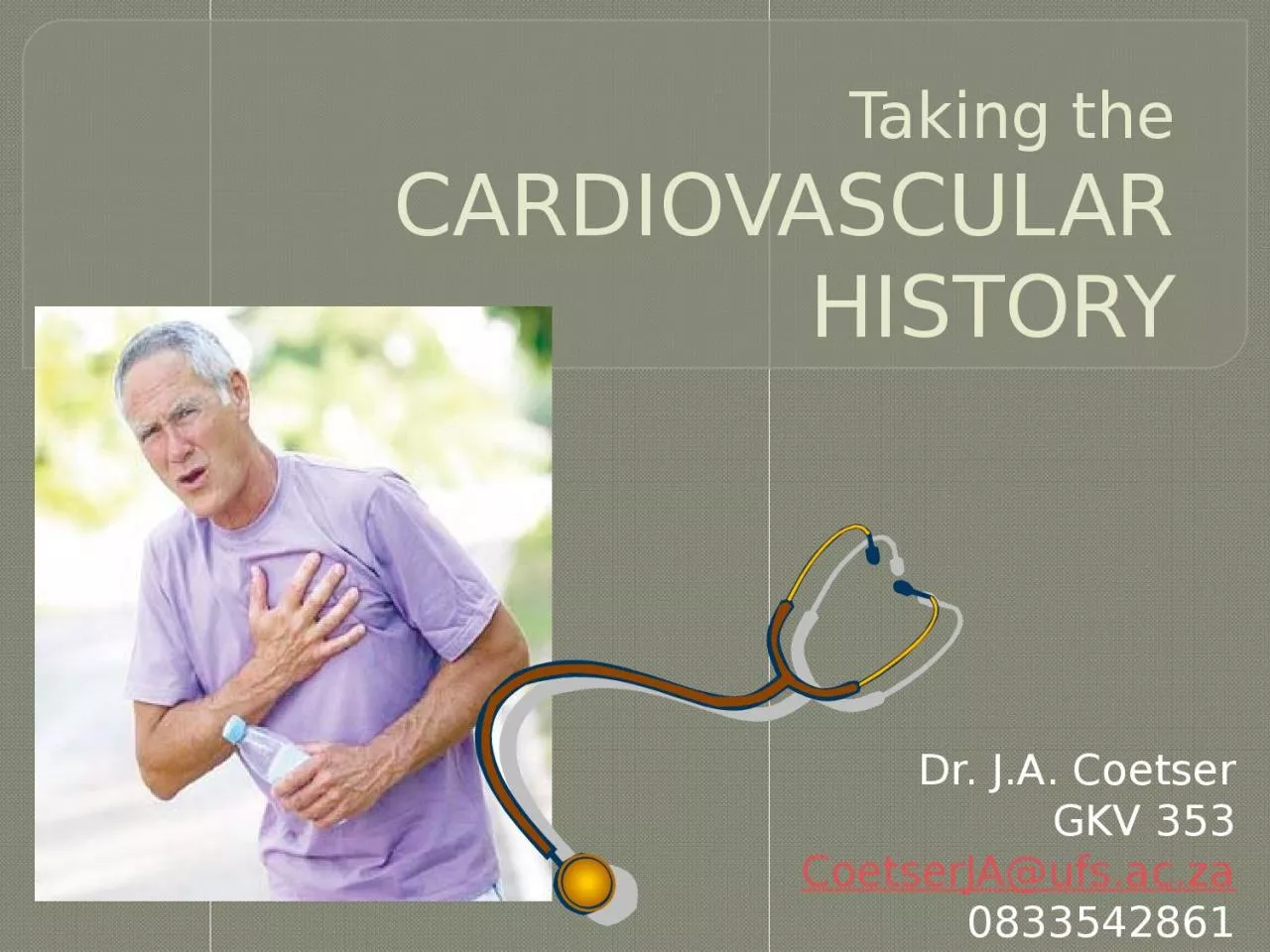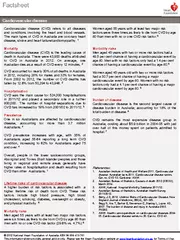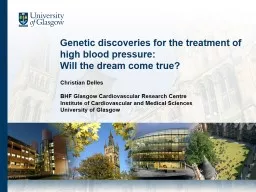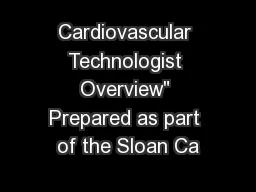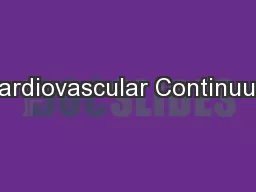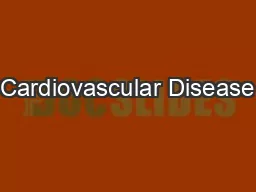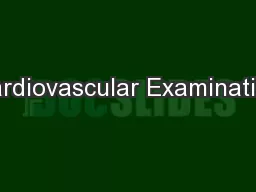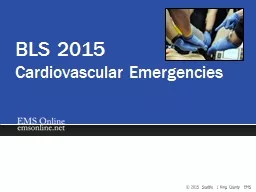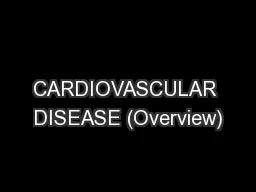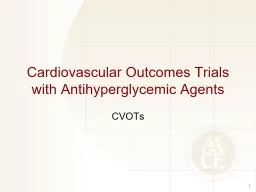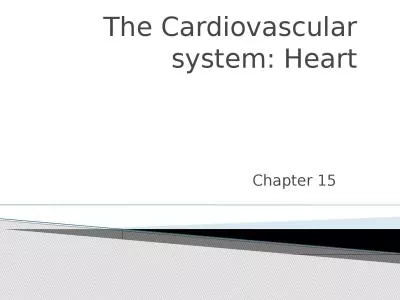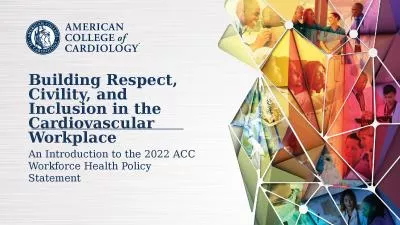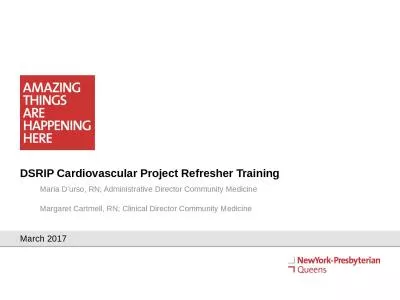PPT-Taking the CARDIOVASCULAR
Author : PeacefulPenguin | Published Date : 2022-07-28
HISTORY Dr JA Coetser GKV 353 CoetserJAufsacza 0833542861 CASE STUDY A 56 year old white male presents to casualties at 3h40am complaining of severe chest pain
Presentation Embed Code
Download Presentation
Download Presentation The PPT/PDF document "Taking the CARDIOVASCULAR" is the property of its rightful owner. Permission is granted to download and print the materials on this website for personal, non-commercial use only, and to display it on your personal computer provided you do not modify the materials and that you retain all copyright notices contained in the materials. By downloading content from our website, you accept the terms of this agreement.
Taking the CARDIOVASCULAR: Transcript
Download Rules Of Document
"Taking the CARDIOVASCULAR"The content belongs to its owner. You may download and print it for personal use, without modification, and keep all copyright notices. By downloading, you agree to these terms.
Related Documents

